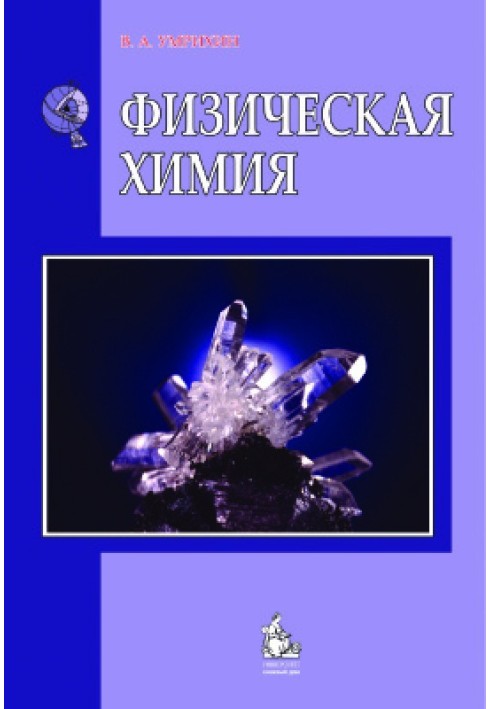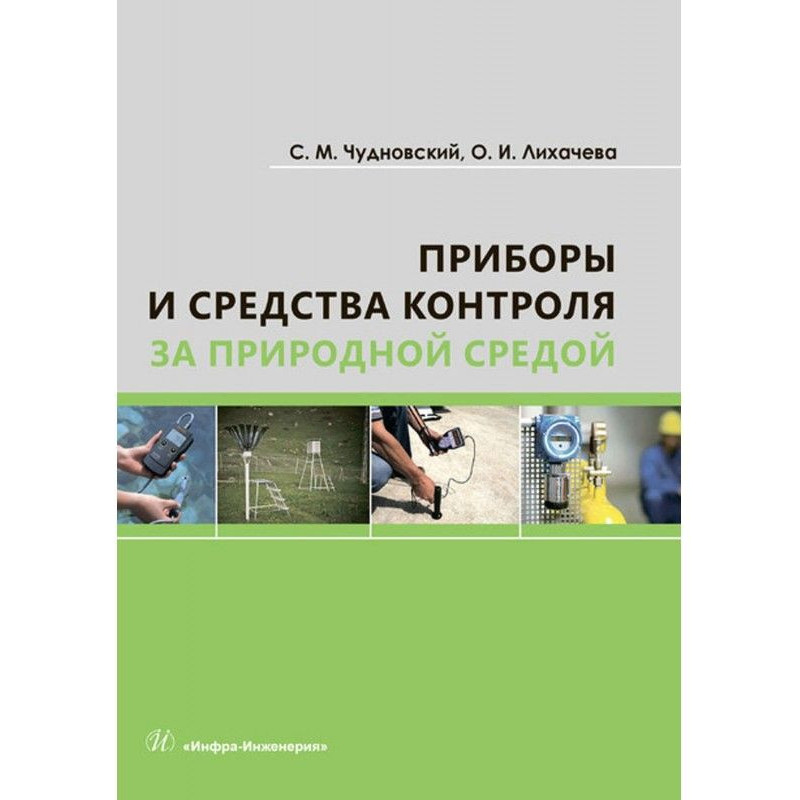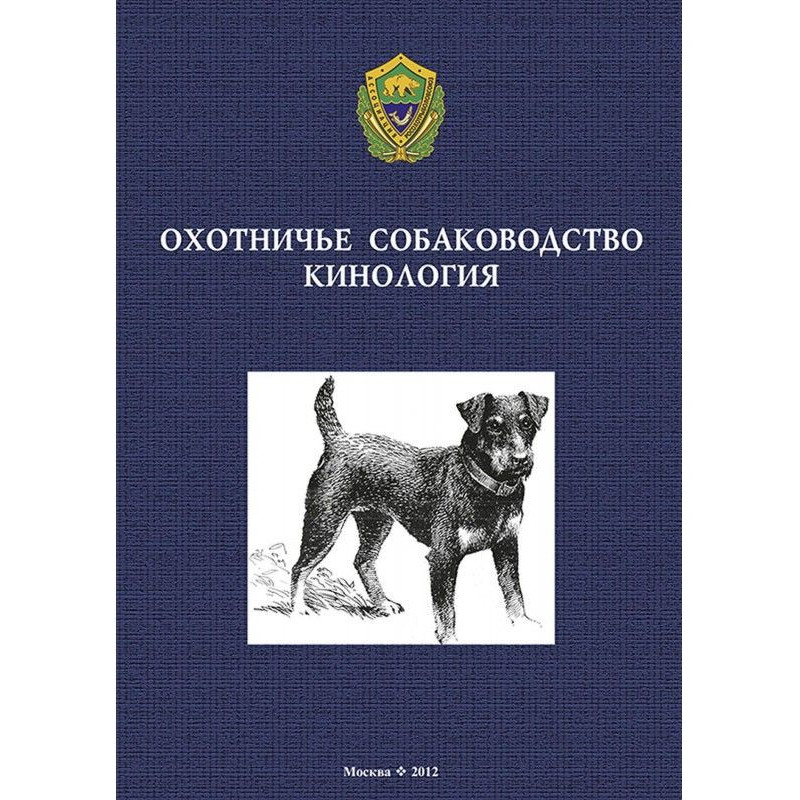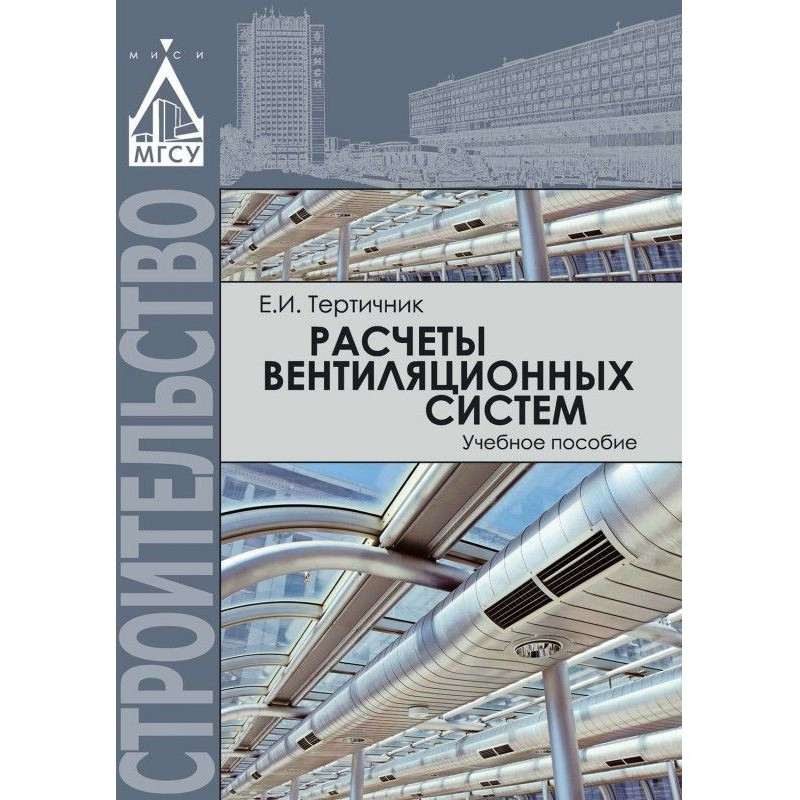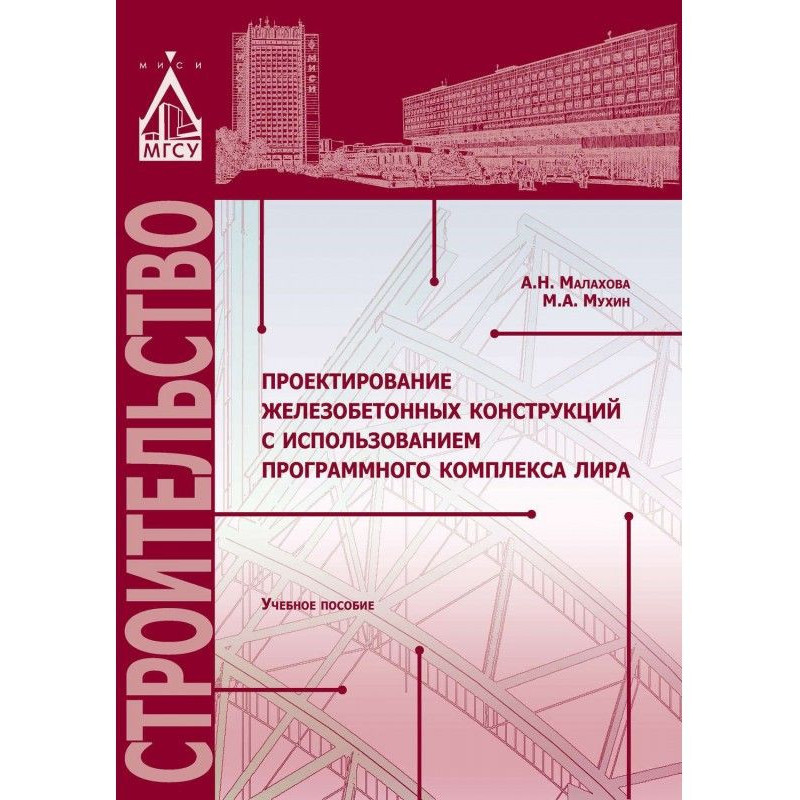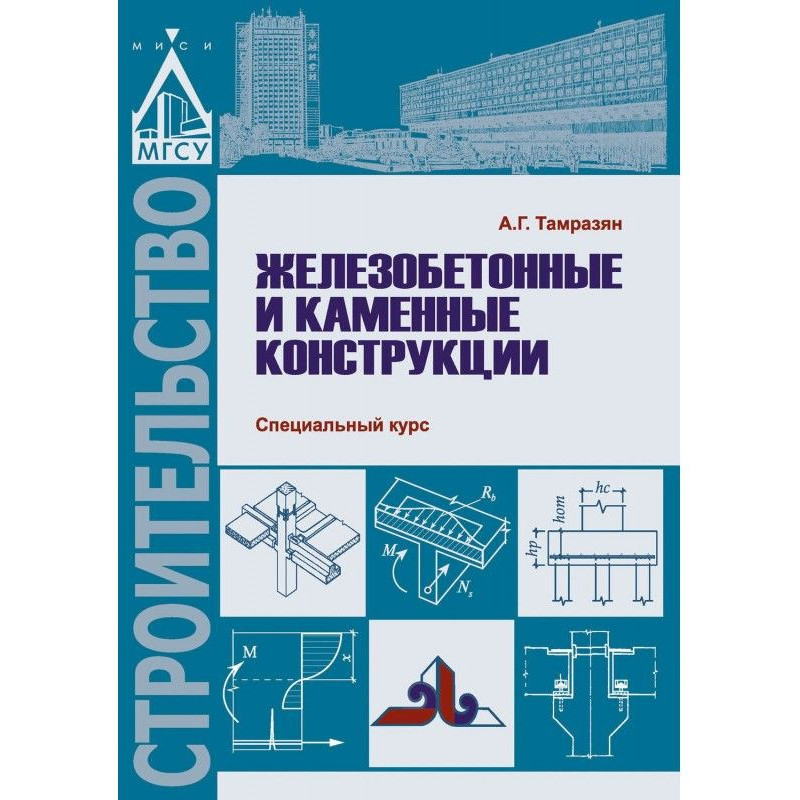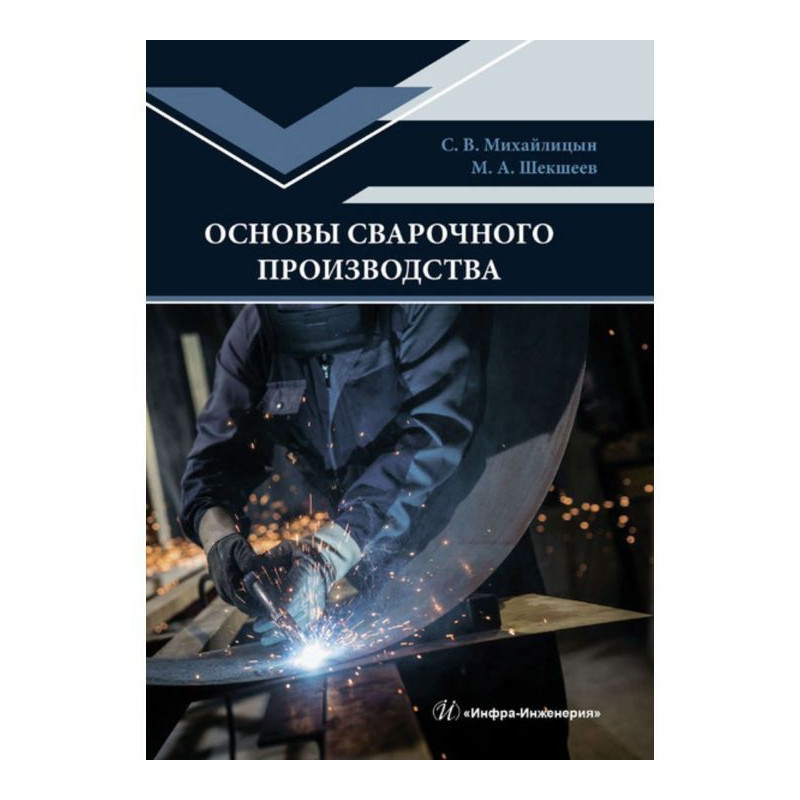Physical chemistry
 Instant download
Instant download
after payment (24/7)
 Wide range of formats
Wide range of formats
(for all gadgets)
 Full book
Full book
(including for Apple and Android)
Tutorial. - M.: KDU, 2009. - 232 p.: ill. — ISBN 978-5-98227-578-3.
The manual outlines the basic principles of physical chemistry for all sections of the course. The main attention is paid to modern approaches to the analysis of natural processes based on physical and chemical modeling with subsequent computer calculations. The book pays great attention to the analysis of hydrothermal processes and the thermodynamics of processes at high temperatures and pressures. The publication contains solutions to a large number of problems that help students more fully understand the basic concepts of the course.
The book is intended for students of a geological specialty studying both in the day and evening education system, and in the distance education system.< /p>
Admitted by UMO for education in field of applied geology as a teaching aid for students of higher educational institutions studying in geological specialties.
Use the arrow to expand or collapse this section Structure of matter Structure of the atom Methods of describing the movement of matter. Main stages in the development of the theory of atomic structure. Structure of the atom according to N. Boru. The hydrogen atom. Successes and fundamental difficulties of N. Bohr's theory. Wave-particle dualism. De Broglie waves. W. Heisenberg's uncertainty principle. Quantum mechanical method for describing the motion of a particle. Wave function. E. Schrödinger’s equation. E. Schrödinger’s equation for the hydrogen atom. D. I. Mendeleev’s periodic table of elements. Location of the electron in the atom. Questions and tasks on the topic “Structure of the atom.” Structure of molecules Theory of chemical bonding and its problems. Ionic and covalent bonds of atoms in molecules. Method of valence bonds. Heitler and London theory. σ- and ̟π-bonds in a molecule. Hybridization of atomic orbitals. Basic ideas of the molecular orbital method in the LCAO approximation. Description of a molecule using the MO LCAO method. Structure of individual molecules. Structure of inorganic crystalline substances. Questions and tasks on the topic “Structure molecules."Chemical thermodynamicsBasic laws of thermodynamicsThe subject and tasks of chemical thermodynamics.Basic concepts and definitions.Classification of thermodynamic systems and processes.The first law of thermodynamics. Basic concepts of the law and wording. The concept of the state function of a system. The work of a thermodynamic system against external forces. Application of the first law of thermodynamics to the analysis of thermal processes. Enthalpy of chemical reactions. Definition and physical meaning of enthalpy. ΔH°f298 and ΔH°298. Heat capacity of the substance and reaction. Dependence of the warm effect of a reaction on temperature. Kirchhoff equation. Subject and basic concepts of the second law of thermodynamics. Entropy. Definition and physical meaning of the concept. Change in entropy as a criterion of direction and equilibrium in an isolated system. Statistical interpretation of entropy by L. Boltzmann. The concept of order and disorder in a thermodynamic system. Dependence of entropy and enthalpy on temperature. Calculation of the change in entropy for some thermodynamic processes. Nernst’s thermal theorem (third law of thermodynamics). Questions on the topic “The First and Second Laws of Thermodynamics.” The doctrine of thermodynamic potentials Definition and physical meaning thermodynamic potentials. The concept of the isobaric potential of a reaction. Dependence of thermodynamic potentials on parameters in a closed system. Dependence of the isobaric potential on parameters in open systems. Concept of chemical potential. Dependence of chemical potential on temperature. Dependence of chemical potential on pressure. Equations of gas state. Dependence of chemical potential on the amount of substance. Analysis of heterogeneous equilibrium in closed systems. General characteristics of the equilibrium state. Equilibrium constant of a chemical reaction. Van't Hoff isotherm. Estimation of temperature stability interval of minerals. Stability fields of minerals. Structure of the Earth. Stability fields of minerals in the presence of carbon dioxide fluid. Thermodynamic description of geothermometers and geobarometers. Questions and tasks on the topic “Analysis of the equilibrium state of a thermodynamic system.” Thermodynamics of solutions Solutions. Basic concepts and definitions. Reactions in solutions. Forms of presence of elements in solution. Classification of solutions. Raoult's and Henry's laws. Thermodynamics of dilute solutions. Clapeyron-Clausius equation. Cryoscopy and ebullioscopy. Chemical potential of a component of a dilute solution. Analysis of heterogeneous equilibrium at standard temperature within the framework of the dilute solution model at 298 K. Analysis of the mineral-solution equilibrium. Analysis of equilibrium " gas - solution." Analysis of the "gas - solution - mineral" equilibrium. Analysis of the "mineral - solution" equilibrium depending on the pH of the solution. Questions and tasks on the topic: "Thermodynamic description of equilibrium in solutions." Thermodynamics of real electrolyte solutions Accounting electrostatic interaction of ions in a solution. Methods for calculating the activity coefficient of an electrolyte. Thermodynamic and concentration equilibrium constants of a reaction. Methods for directly taking into account the electrostatic interaction of ions when calculating the isobaric potential. Thermodynamics of solutions at elevated temperature and pressure. Calculation of the equilibrium constant of a reaction at a non-standard solution temperature. Calculation of the equilibrium constant of a reaction at elevated pressure. Use of PCs (computers) when carrying out thermodynamic calculations. Calculation of the parameters of the equilibrium state of a heterogeneous system on a computer. Calculation of the component composition of natural waters based on elemental analysis of a groundwater sample. Solid solutions. Basic concepts and definitions. Thermodynamics of solid solutions. Calculation methods chemical potential of a component of a solid solution. Electrochemistry Basic definitions and concepts of electrochemistry Basic definitions and concepts of electrochemistry. Redox (OR) reactions in solutions. Redox potential of a solution. Measurement of the redox potential of a solution. Hydrogen reference electrode. Analysis of redox reactions in a solution .Determination of the direction of the redox reaction using tabulated data on the redox potentials of half-reactions. Redox reactions of metals when they interact with acids. A number of metal voltages. Oxidation of metals with oxygen dissolved in water. Thermodynamics of a galvanic cell. Analysis of redox reactions using Eh - pH diagrams. Basic concepts and definition of Eh - pH diagrams. Eh - pH diagram of water. Electrochemical decomposition of water with the release of oxygen. Electrochemical decomposition of water with the release of hydrogen. Analysis of the Eh - pH diagram of water. Electrochemistry in geology. Stability fields of vanadium oxides and hydroxides. Analysis of OM reactions in coordinates P(O2) - pH. Dependence of OM reaction parameters on temperature and pressure. Kinetics of chemical reactions. Basic concepts and definitions of kinetics. Thermodynamic and kinetic criteria for assessing the state of a thermodynamic system. Rate of chemical reaction. Factors influencing on the rate of a chemical reaction. Activation energy of a reaction. Kinetic classification of chemical reactions. Formal and real kinetics of processes in solutions Formal kinetic equations. Kinetics of solid body dissolution. Kinetics of nucleation and growth of crystals. Thermodynamic and kinetic approaches to solving the problem. Crystallization of a substance from a melt. Phase equilibria. Thermodynamics of phase equilibria. Basic concepts and definitions of the thermodynamics of phase equilibria. Conditions of phase equilibrium. Gibbs phase rule. Mineralogical phase rule. Analysis of phase equilibria in one-component systems. Polymorphism. Enantiotropic and monotropic transformations. State diagram of water. State diagram of quartz. Dependence of the melting point of minerals on pressure. Phase equilibria in multicomponent systems. Method of physical and chemical analysis. General characteristics of state diagrams of two-component systems. State diagram of a two-component system with a simple eutectic and with polymorphic transformations of components. State diagram of a two-component system with the formation of a chemical compound that melts without decomposition (congruently). State diagram of a two-component system with the formation of a chemical compound that melts incongruently. State diagram of a two-component system with segregation. State diagram of two-component systems with the formation of solid solutions. Diagrams states of three-component systems. Basic concepts and definitions. Gibbs triangle. State diagram of a three-component system with a simple eutectic. State diagram of a three-component system with chemical compounds melting congruently. Basic physical and chemical constants Literature
Literature on thermodynamics, physical and colloid chemistry and related questions
Data sheet
- Name of the Author
- Виктор Умрихин Алексеевич
- Language
- Russian
Reviews
Відмінний навчальний посібник для студентів!
Ця книга "Фізична хімія" є незамінним ресурсом для студентів геологічних спеціальностей. Вона охоплює всі ключові теми курсу, від термодинаміки до електрохімії, і робить це зрозуміло та доступно. Особливо вражає, як автор зумів поєднати теорію з практикою, надаючи численні завдання для самостійного розв'язання, що допомагає закріпити матеріал. Викладені основні положення фізичної хімії супроводжуються ілюстраціями, які роблять навчання більш наочним. Книга також акцентує увагу на сучасних підходах до аналізу природних процесів, що є надзвичайно актуальним для майбутніх геологів. Я б рекомендував цю книгу всім студентам, які прагнуть глибше зрозуміти фізичну хімію та її застосування в геології.

